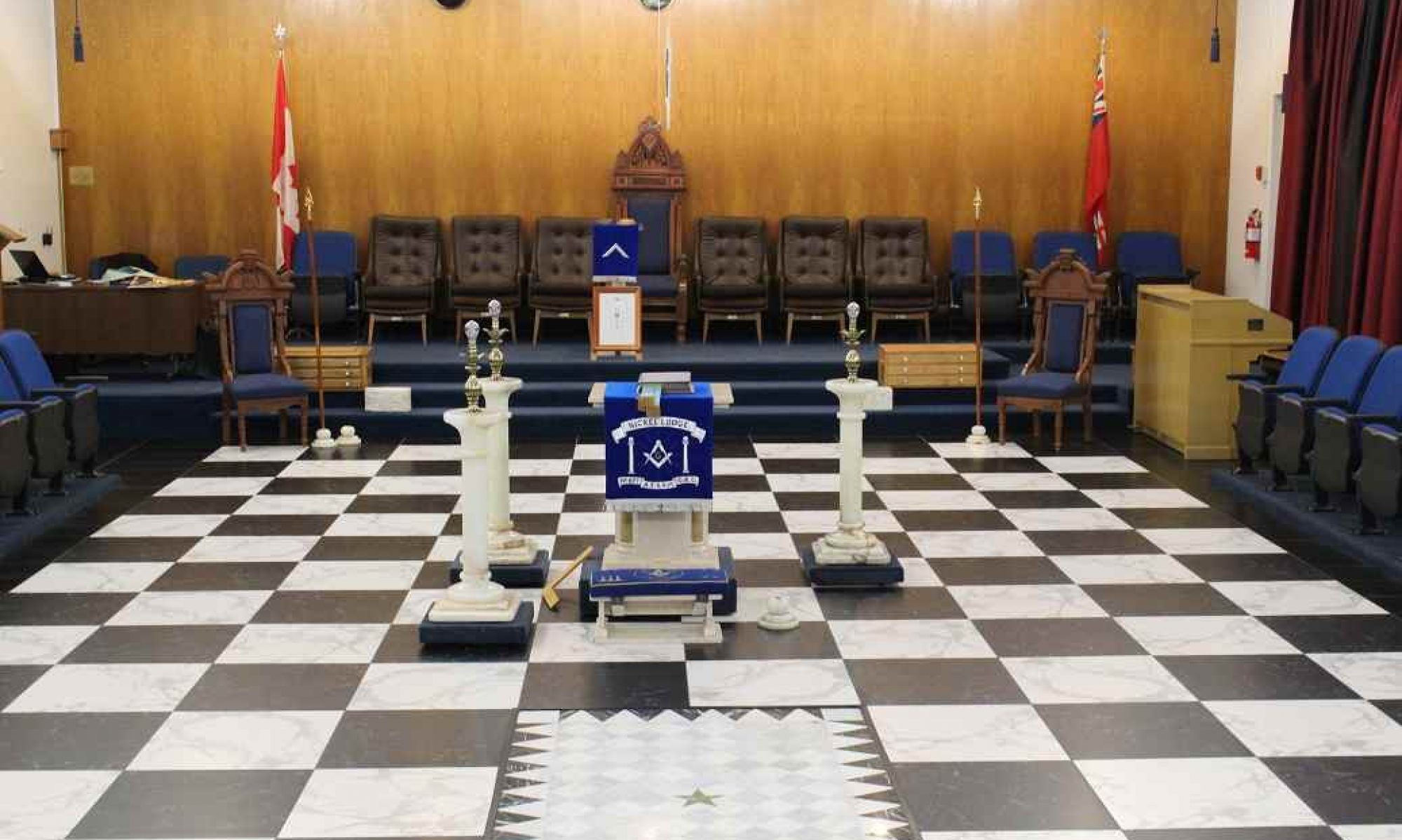In the study of Masonry, often there are references to two members of the Craft, Rev. Dr. James Anderson and Dr. Albert G. Mackey. In this issue, I will provide a summary of their background.
The following presentation was completed with much paraphrasing –
From ‘A Reference Book For Freemasons’ – compiled by Frederick Smyth and published in 1998.
R.W. Bro. Robert South
Rev. Dr. James Anderson – (1680?-1739)
A native of Scotland – probably from Aberdeen, he was the compiler of the first two official publications of the Grand Lodge of England. He was educated at the Marischal College, now part of the University of Aberdeen and there received his Master’s degree and possibly his Doctor of Divinity. Records of his initiation into Freemasonry have not been found but he was a member of the Lodge at the ‘Rummer and Grapes’ in Channel Row, Westminster ( I believe part of London England.) This was one of the four Lodges that came together to form the Grand Lodge of England. In 1721, he was ordered to ‘digest’ the ‘old Gothic Constitutions … in a new and better method’. In 1723 he presented the results of his labours as The Constitution of the Free-Masons… for use of the Lodges. This small volume was of ninety-one pages. The second edition was of 230 pages contains the first account of the founding of and early progress of the premier Grand Lodge. Also notable in the two editions is the introduction of several terms from Scottish operative Masonry, such as ‘Entered Apprentice’ and ‘Fellow-Craft (1723) and ‘Cowan’ (1738).
Dr. Albert G. Mackey – (1807-81)
He was well known in the United States as a prolific masonic author. He was a medical doctor from 1834 to 1854 but then he chose to devote himself to the written word. While practicing medicine, he served in the office of Grand Secretary of South Carolina from 1842 to 1867. In 1859 he rose to be the head of General Grand Chapter of the United States in the Royal Arch. For no less than 34 years he was the Grand Secretary General of the Supreme Council 33 Degrees for the Southern District. It is a measure of his dedication that between 1860 and 1867 he was occupying five high and demanding masonic offices concurrently and yet was able to pursue his literary activities. His best known works are The Lexicon of Freemasonry (1845) and The Encyclopedia of Freemasonry (1874). More can be found on the Internet for both of these Brethren.

